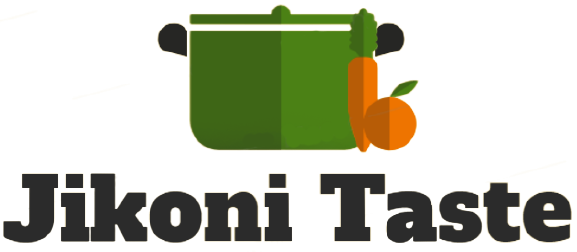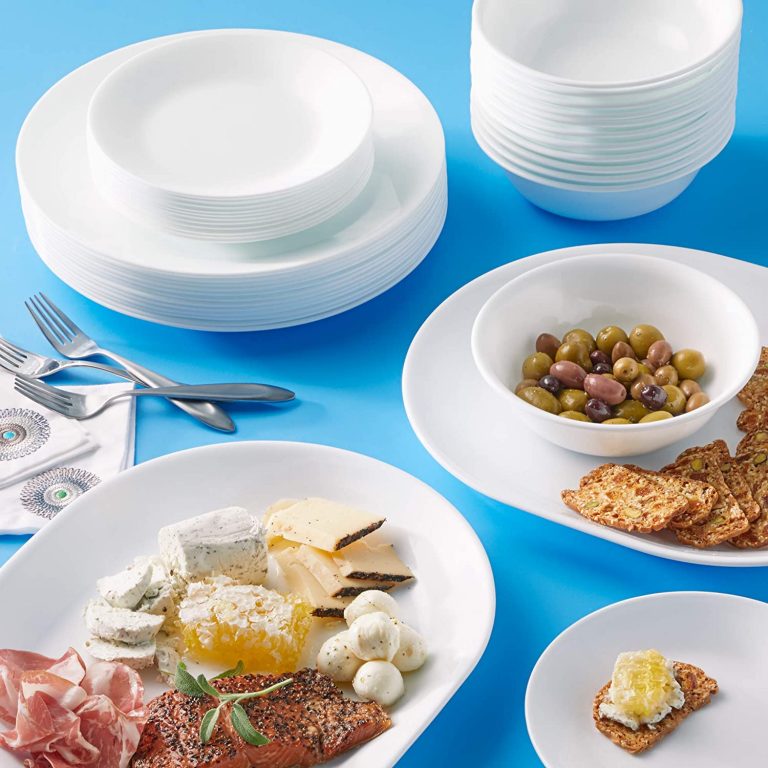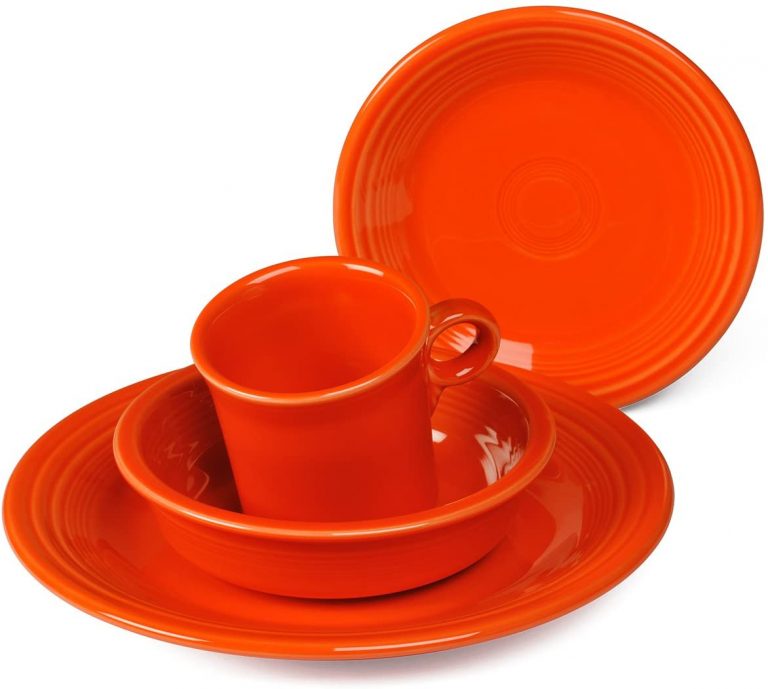Best Alternatives to Non-Stick Pans?
If you’re like me, you rely on your non-stick pans for just about everything. But what do you do when they finally give out?
Are there any decent alternatives that don’t involve a ton of extra work or unhealthy cooking methods?
Lucky for us, the answer is yes! In this post, we’ll look at some of the best alternative materials to use when your old non-stick pans die. Let’s get started!
Table of Contents
Everything About Non-Stick Pans
Well, before getting into the alternatives, it’s essential to learn about what you are finding the other options for.
Hence, let’s learn about the non-stick pans before delving deep into the available alternatives.
What are Non-Stick Pans?
Non-stick pans are coated with a material that prevents food from sticking to the surface. This type of cookware is prevalent because it makes it easy to clean up after cooking.
The most common type of non-stick coating is Teflon, which is made from a synthetic polymer called polytetrafluoroethylene (PTFE).
Teflon is highly durable and provides an excellent non-stick surface. However, it can be scratched or damaged if not used properly.
For this reason, many manufacturers now offer ceramic-coated non-stick pans, which are also very effective at preventing food from sticking.

Are Non-Stick Pans Unsafe?
One of the most popular cookware on the market today is non-stick.
Non-stick pans provide a smooth surface that prevents food from sticking, making them ideal for cooking delicate items like eggs and fish.
However, there is growing concern over the safety of non-stick cookware, as the coatings that give the pots and pans their non-stick properties can be dangerous if they are ingested.
Additionally, when non-stick cookware is heated to high temperatures, the chemicals in the coating can be released into the air, posing a severe health risk.
As a result, many experts now recommend avoiding non-stick cookware altogether. While it may be more convenient, it is simply not worth the risk.
Why Look for Alternatives for Non-Stick Pans?
Non-stick cookware has become a kitchen staple in recent years, thanks to its ease of use and cleanup. However, there are some potential health risks associated with non-stick pans.
The coating on these pans generally contains chemicals known as PFAS, which can be released into the air when the pan is heated.
Inhaling these chemicals has been linked to an increased risk of cancer, so it’s essential to take care of non-stick cookware.
If you do choose to use a non-stick pan, be sure to follow these tips:
- Don’t heat the pan past medium heat.
- Avoid using aerosol sprays while the pan is heating.
- Make sure the pan is completely dry before using it.
- Use silicone or wooden spatula to stir and flip food.
- Wash the pan with hot, soapy water after each use.
- Avoid using harsh cleaners or scouring pads.
If possible, look for alternatives to non-stick pans, such as cast iron or stainless steel. These materials don’t contain PFAS and are just as easy to use and clean.
Plus, they’ll last longer than non-stick pans, so you won’t have to replace them as often.
What Makes a Non-Stick Pan Start to Stick?
Over time, the surface of a non-stick pan can become scratched and damaged, causing food to stick.
The pan’s smooth surface is created by anodization, which coats the metal with a layer of oxide.
This oxide layer is then bonded to the metal using a chemical process. If the pan’s surface becomes scratched, it can disrupt this bond and allow food to stick.
In addition, if the pan is used at high temperatures, the bonds between the metal and the oxide can break down, allowing the food to come into direct contact with the metal surface.
As a result, it’s important to use non-stick pans with care to prolong their lifespan.
What is the Lifespan of a Non-Stick Pan?
The lifespan of a non-stick pan can vary depending on several factors, including the quality of the pan and how it is used.
Most non-stick pans are made with a coating of polytetrafluoroethylene (PTFE), a durable and heat-resistant material.
However, this coating can be scratched or damaged if the pan is misused.
For example, metal utensils should never be used on a non-stick surface, as they can damage the coating.
In addition, the pan should not be heated to excessively high temperatures, as this can also damage the PTFE coating. A non-stick pan can last for several years with proper care and use.

What are the Best Alternatives to Non-Stick Pans?
If you’re looking for a set of non-stick pans for your kitchen, these are some alternatives to non-stick pans.
Ceramic Non-Stick
If you’re looking for a safer alternative to traditional non-stick cookware, ceramic cookware may be the right choice.
Unlike traditional non-stick pans coated with chemicals like PFOA and PFAS, ceramic cookware is made with a natural, eco-friendly coating.
Ceramic cookware is also highly durable and scratch-resistant so it will last longer than other types of cookware.
Plus, it heats evenly and retains heat well, so your food will come out perfectly cooked every time.
Whether you’re looking for a safer option or simply want to upgrade your cookware, ceramic cookware is the way to go.
Cast Iron
While non-stick pans have become the norm in recent years, there are many reasons why you might want to consider using a cast iron pan instead.
Cast iron pans are much more durable than their non-stick counterparts.
With proper care, a cast iron pan can last for decades, whereas a non-stick pan will likely need to be replaced after just a few years.
In addition, cast iron pans are better at conducting heat, which means that your food will cook more evenly.
And finally, cast iron pans can be cheaper in the long run because you won’t need to keep replacing them.
So if you’re looking for a more sustainable and cost-effective option, consider switching to a cast iron pan.
Enameled Cast Iron
Enameled pans offer several benefits over traditional non-stick pans. They are far more durable and less likely to scratch or chip, for starters.
They also retain heat better, making them ideal for cooking at high temperatures.
Moreover, enameled cast iron pans can be used on all cooktops, including induction and ceramic.
Finally, these pans come in various sizes and styles, so you can find one that fits your unique needs.
Carbon Steel
The use of carbon steel pans is a recent trend. They can be used instead of non-stick pans in both the stovetop and oven. They are easy to clean and are relatively easy to make.
Carbon steel is the most versatile and durable of metals. It is hard but can be cut with a knife. It is inexpensive, so many people can afford it. It is pretty easy to work.
Stainless Steel
Stainless steel pans are a popular choice for many home cooks. They are durable, easy to clean and have a long lifespan.
However, they can also be more challenging to use than non-stick pans.
Stainless steel pans need to be appropriately seasoned before use, and they often require the use of oil or butter to prevent sticking.
Also, stainless steel pans can be more challenging to control the heat, making it easy to overcook or burn food.
Despite these challenges, stainless steel pans offer several advantages over their non-stick counterparts. They conduct heat more evenly, which helps to prevent hot spots and scorching.
They also don’t require the use of harmful chemicals to create a non-stick surface. As a result, many home cooks prefer to use stainless steel pans for healthier cooking.
If you are new to using stainless steel pans or struggling to get the hang of them, follow these tips to make the most of your cookware.
- Season your pan before use: All new stainless steel pans need to be seasoned. This involves coating the pan with a thin layer of oil or butter and baking it in the oven. The heat will help to form a protective barrier that will prevent sticking.
- Use moderate heat: Stainless steel pans can be more challenging to control the heat on than non-stick pans. Use medium heat to avoid burning your food.
- Add oil or butter. Adding oil or butter to your pan before cooking will help to prevent sticking.
- Use a heat-resistant spatula. A heat-resistant spatula is the best tool for flipping and stirring food in a stainless steel pan.
- Clean your pan promptly after use. Stainless steel pans can be more challenging to clean than non-stick pans. Ensure to clean your pan promptly after use to avoid any build-up of food residue.
Emery
Emerald pans are a great alternative to nonstick pans. They are made of a completely non-porous material, so they do not absorb food odors or flavors.
They are also very durable and resistant to scratching. In addition, emerald pans can be used at high temperatures without fear of damaging the surface.
However, one downside of emerald pans is that they are not induction compatible.
Induction cooktops use electromagnetism to generate heat, and emerald pans are not attracted to magnetism. As a result, they will not work with induction cooktops.
If you are considering an emerald pan, check that it is compatible with your stovetop.
Glass
Glass pans are a great alternative to non-stick pans, offering superior durability and easy cleanup.
Glass is an excellent conductor of heat, so it heats evenly and prevents hot spots that can burn food. It’s also non-porous so that it won’t absorb flavors or aromas from your food.
And because glass is transparent, it’s easy to see when your food is cooked through. Best of all, glass pans are dishwasher safe, so cleanup is a breeze.
Consider investing in a few glass pans if you’re looking for a safe and easy-to-clean cookware option. You’ll be glad you did!
Bottom Line
Non-stick pans have been a kitchen staple for years, but their health hazards have made people look for alternatives.
When it comes to buying non-stick pans, they are not worth the price tag. The cost and hassle of cleaning are too much for the benefit.
It is better to invest your money in the alternative, good-quality pans that will last longer and save you time and money for cleaning and maintenance.

Foodie and a passionate cook, I am here to share all of what I know about cooking, kitchen, and food prepping.
Follow me for delicious and healthy recipes.







